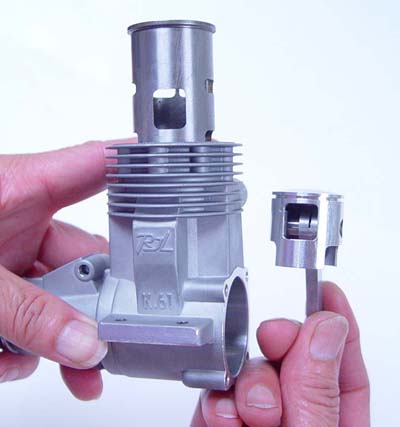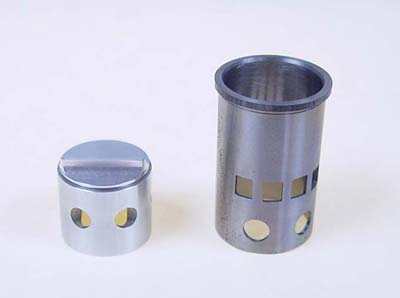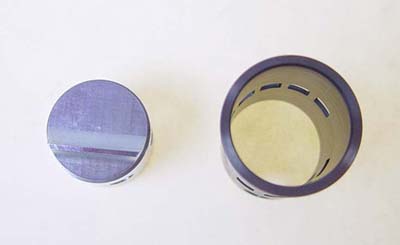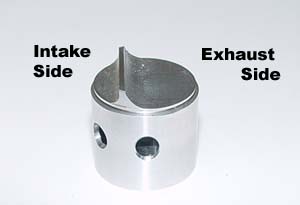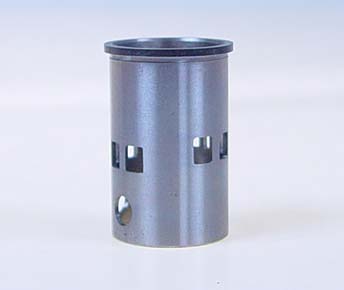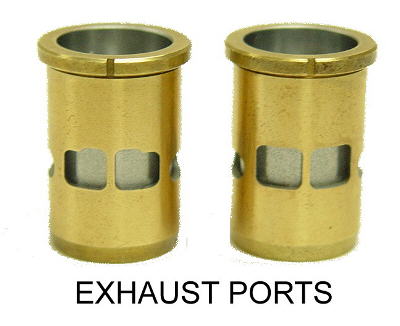
|
|||||||||||||||
|
1-1-2021
|
|||||||||||||||
|
The
above information is provided as a guide. Since MECOA/K&B has
no way of determining the ability of the individual using and understanding
this information, we assume absolutely NO RESPONSIBILITY for any
damage to person or property from the use of this information.
|
|||||||||||||||
|
|
|||||||||||||||
